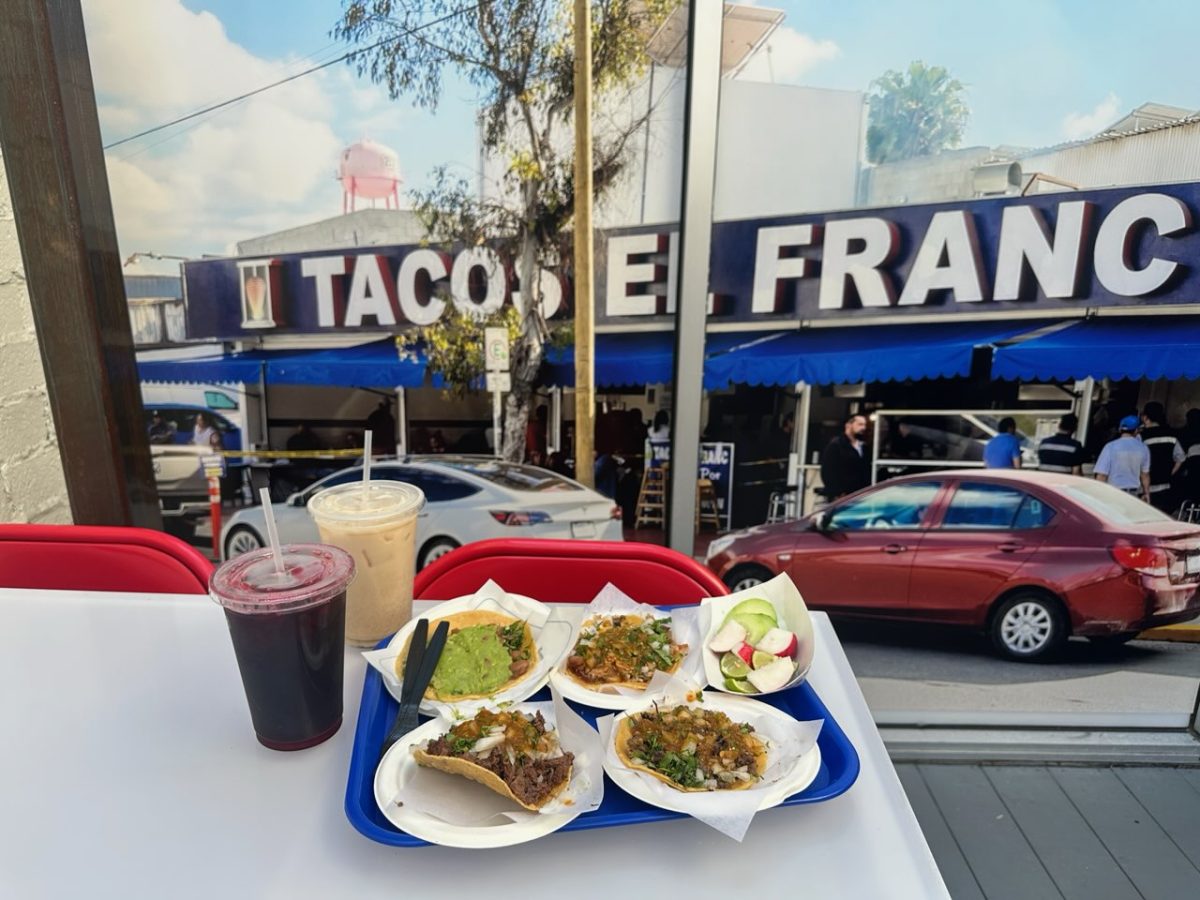Step one into (actual) adulthood — moving off-campus and coming to terms with monthly rent, utility bills and, shockingly enough, paying for Wi-Fi. Unless this means moving into your nearest Starbucks and taking advantage of their free internet and water, the commuter life isn’t always the most glamorous experience. And let’s not forget to mourn the loss of dining dollars — while the dining halls at UCSD aren’t the most raved about, the convenience of food at the swipe of a card is possibly the most beautiful thing any college student could ask for. But, not to fear: Lifestyle has a few tips for the commuting community (and insight for those intending on moving off-campus) to save money as you step off the 202 and onto campus.
Tip #1: Always bring your own food.
Unless you have that one freshman friend who still lives on campus, and you can count on their outpouring of generosity, meals add up. While the Price Center food court does offer a range of price options, it can still get quite pricy — particularly the on-campus Starbucks that has increased their prices a tad too obviously. But with the exorbitant lines for a merely mediocre meal, eating at PC is about as useful as spending $0.50 on an HDH-provided banana when you can get a $0.19 banana from Trader Joe’s. Instead, stock up on grains, buy frozen meat in bulk (Ralph’s offers a significant bag of chicken for $7) and prepare some meals Sunday night for the rest of the week. Buying a bag of rice, frozen vegetables and some chicken can save you up to $3.50 a day, which seems small, but when it comes to paying rent, will help tremendously.
Tip #2: … The same goes for coffee.
I know, sometimes you can’t make it through the day without the second or third cup of coffee by the time your 5:00 p.m. lecture rolls around. But instead of paying $1.75 or more for an on-campus cup of joe, make a little extra in the morning and keep the excess in a thermos you can sip from throughout the day. If you prefer coffee relatively fresh, bring a ziploc bag of instant coffee grounds and a thermos, head to the nearest dining hall and fill up on hot water there to make a “fresh” brew. And if that still doesn’t suit your fancy, at least bring your own thermos; places like Muir Woods offer discounts if you bring your own caffeine container. These tips can save anywhere from $3.75–$8.75 a week. (Bonus tip: Don’t like coffee, but still need the caffeine? Head to The Zone for free tea, and complimentary bags to take loose leaf to-go.)
Tip #3: Take advantage of the bus pass.
Although sometimes unreliable, the MTS is a real lifesaver when it comes to transportation. Parking permits only add that extra burden on top of the tuition you’re paying for, especially when an all-day pass is $20 and S permits are $732 annually. Top that off with gas money spent on trying to actually find a parking spot, and the value of taking the bus might just actually outweigh driving. For those living a bit further outside the UCSD bubble, try out the night pass or alternate schedule pass that can save up to $300. And if all else fails, find a carpool buddy (and at least help pitch in for gas).
Tip #4: Do take advantage of the gym.
Gym membership prices off campus, especially in La Jolla, can be ridiculously high. And if you happen to live in a complex that doesn’t offer a facility, but still need that morning workout, remember that you’re already paying for the recreational fees at UCSD (*insert small nod of disapproval*). So take advantage of the equipment at RIMAC, Canyon View or Main Gym if you happen to be on campus for class that day. Hauling that gym bag around might be a pain, but so is paying about $600 for the basic plan at UTC’s 24-Hour Fitness.
Have any tips you want to share with the Guardian? Email [email protected] to get your advice featured on our website! Be a sport and share your cost-cutting tips with your fellow off-campus compadres.








